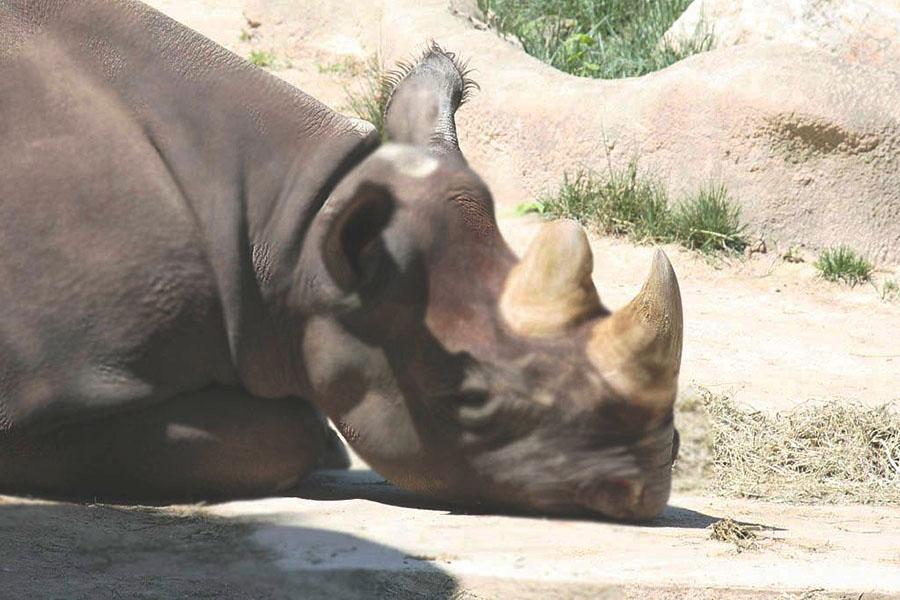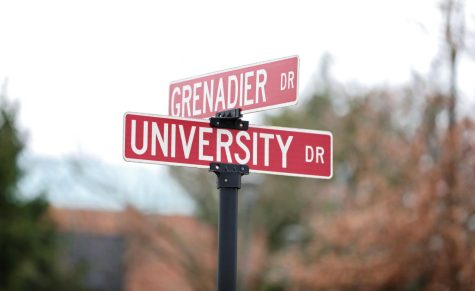Only six white rhinos left in the world
December 3, 2014
With six Northern White Rhinoceros left in the world, Steven Taylor, assistant director of conversation, education, and collection at the Louisville Zoo said the subspecies is functionally extinct.
Taylor said all rhinoceros have been hunted for their horns, which are used for medical purposes mainly in Asia. While there has been no proven medical benefit from the horns on any subspecies of rhinoceros, Taylor said it is still a highly coveted item. He said whether the buyer of the horn wants it as a status symbol or for medical purposes, they are willing to pay a high price.
Taylor said buyers of this illegal product that comes from poaching will pay astronomical costs on the black market.
He said the horns of rhinoceros are actually made out of keratin, essentially the same thing as human fingernails. He said people in Asia use the horn in many forms such as crushed down into powder because they feel it helps ailments and in prevention of health ailments.
Beth Rueschhoff, assistant professor of biology, said that while poaching is the main cause of the Northern White Rhinoceros being functionally extinct, she said their habitats being destroyed also plays a factor.
“The second reason is destruction of habitat and human expansion,” Rueschhoff said.
Rueschhoff said losing the Northern White Rhinoceros would negatively affect the habitat, as they have an important role in the ecosystem.
“The Northern White Rhino grazes on perennial grasses and plays a role in the ecosystem,” Rueschhoff said.
Rueschhoff said she saw rhinoceros in the wild when she went with a field biology class from IU Southeast to South Africa last year.
“It is surreal to see them in person,” Rueschhoff said. “We have buffalo here and things like that, but you get the real impact of it when you see them in person.”
Taylor said conservation organizations try to get the message out about what is going on, but the value of the horns has made this a difficult cause.
“Big issue is Asian market medicine value of the horn – people need to agree there is not a medical value in the horn,” Taylor said.
Taylor said while in most Asian countries it is illegal to sell the horns, horns have even shown up in New York.
Taylor said rhinoceros can survive having their horns removed, but the problem is doing it and not harming yourself or the animal.
“You could, in theory, take the horn safely and it continues to grow back. Unfortunately, they [rhinos] don’t like to have this done. So, they shoot them,” Taylor said.
Taylor said some conservation groups have tried to take the horns so that poachers will leave them alone.
“Taking the horn to save the rhino by groups is problem cause you don’t know how much meds to give them, can overdose them,” Taylor said. “It’s complicated.”
Taylor said the rhinoceros at the Louisville Zoo are his favorite animals to work with there. He said they have big personalities and are magnificent to see in the wild. He said it would be tremendously sad if this animal would go extinct.













